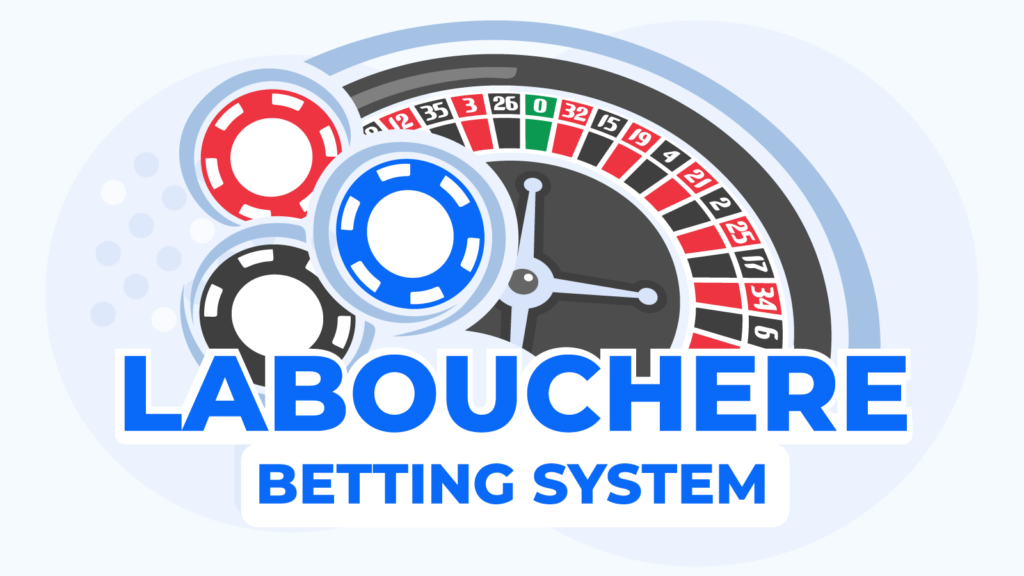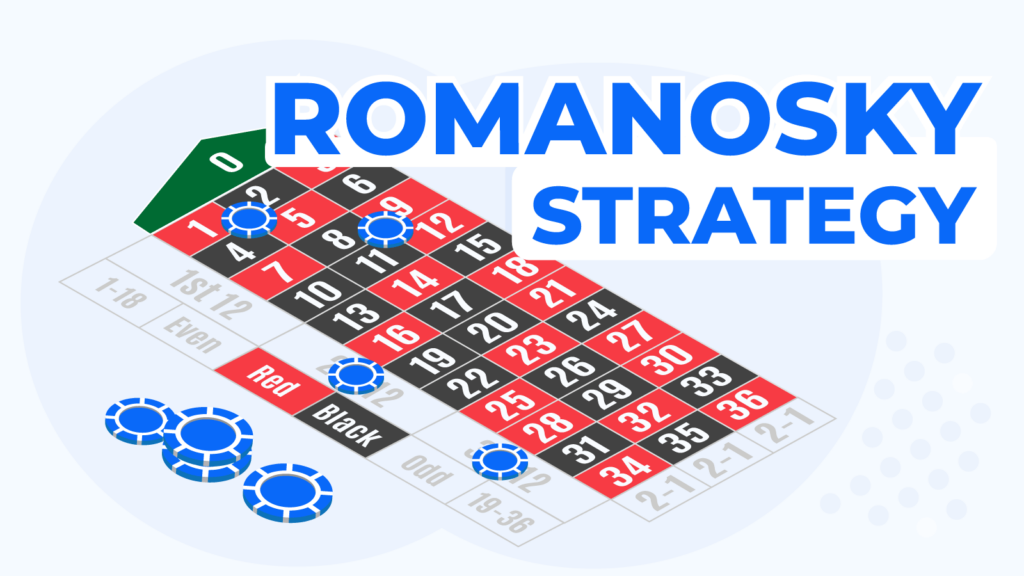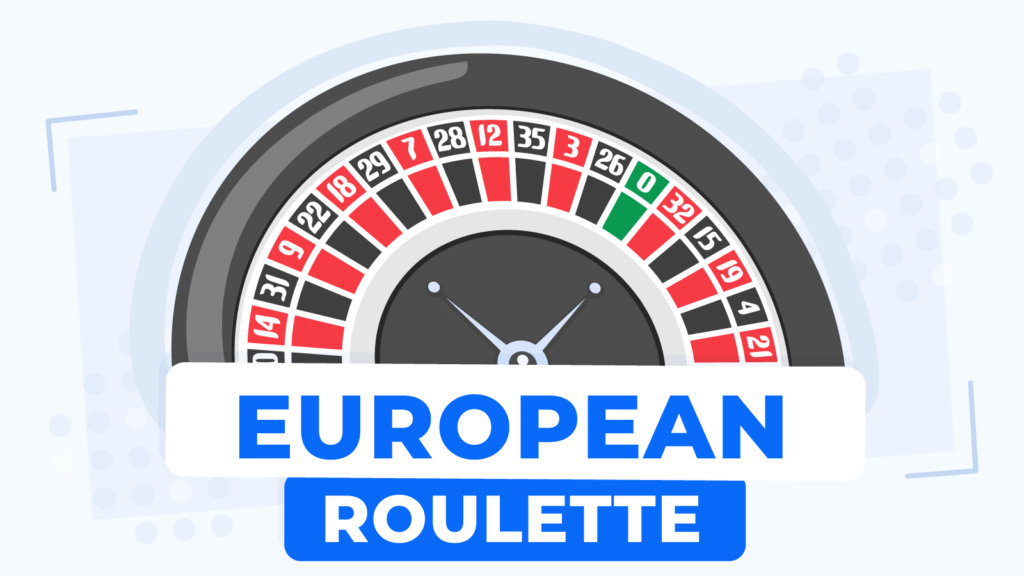
How European Roulette Works: Complete Guide to Rules, Odds & Strategies
All the information in this page was checked by:
Every piece of information we present is rigorously verified by our team of experts using multiple credible sources, ensuring the highest level of accuracy and reliability.
We have paid partnerships with the online casino operators featured on our site. We also earn commissions when you, the user, click on certain casino links. These financial partnerships do not affect our reviews, recommendations, or analysis. We remain committed to delivering unbiased gambling reviews. For more details, visit our Advertiser Disclosure page.
European roulette offers a 2.7% house edge compared to American roulette’s 5.26%, yet most players fail to leverage this mathematical advantage effectively. Let’s break down every aspect of European roulette, from the single-zero wheel layout to optimal betting strategies and probability calculations.
- European Roulette: What It Is and How It Works
- European Roulette Wheel Layout: Numbers, Colors & Structure
- American Vs. European Vs. French Roulette: What’s the Difference?
- How to Play European Roulette: Rules & Bets Explained
- Understanding European Roulette Payout Rates
- Major Advantages of Playing Roulette Online
- Conclusion
- References
European Roulette: What It Is and How It Works
A game of chance where players try to guess in which compartment a small ball will land on a revolving wheel.
There are 37 numbers inscribed on the European wheel where the small sphere can land.
Since its creation, this game has become a popular and iconic casino option. Most brick-and-mortar casinos and all the best online live casinos include European wheel games.
This would be a standard definition of European Roulette for the Irish market.
You may want to consult our guide on how to play Blackjack instead.
The game’s origin
Roulette has been around since the 18th century when two brothers, Francois and Louis Blank, launched the single zero roulette in 1843.
Today, this critical difference sets it apart from other versions. Deriving from French, the word roulette translates to “little wheel”. Some believe that the game was inspired by the Italian game known as Biribi.
European Roulette Wheel Layout: Numbers, Colors & Structure
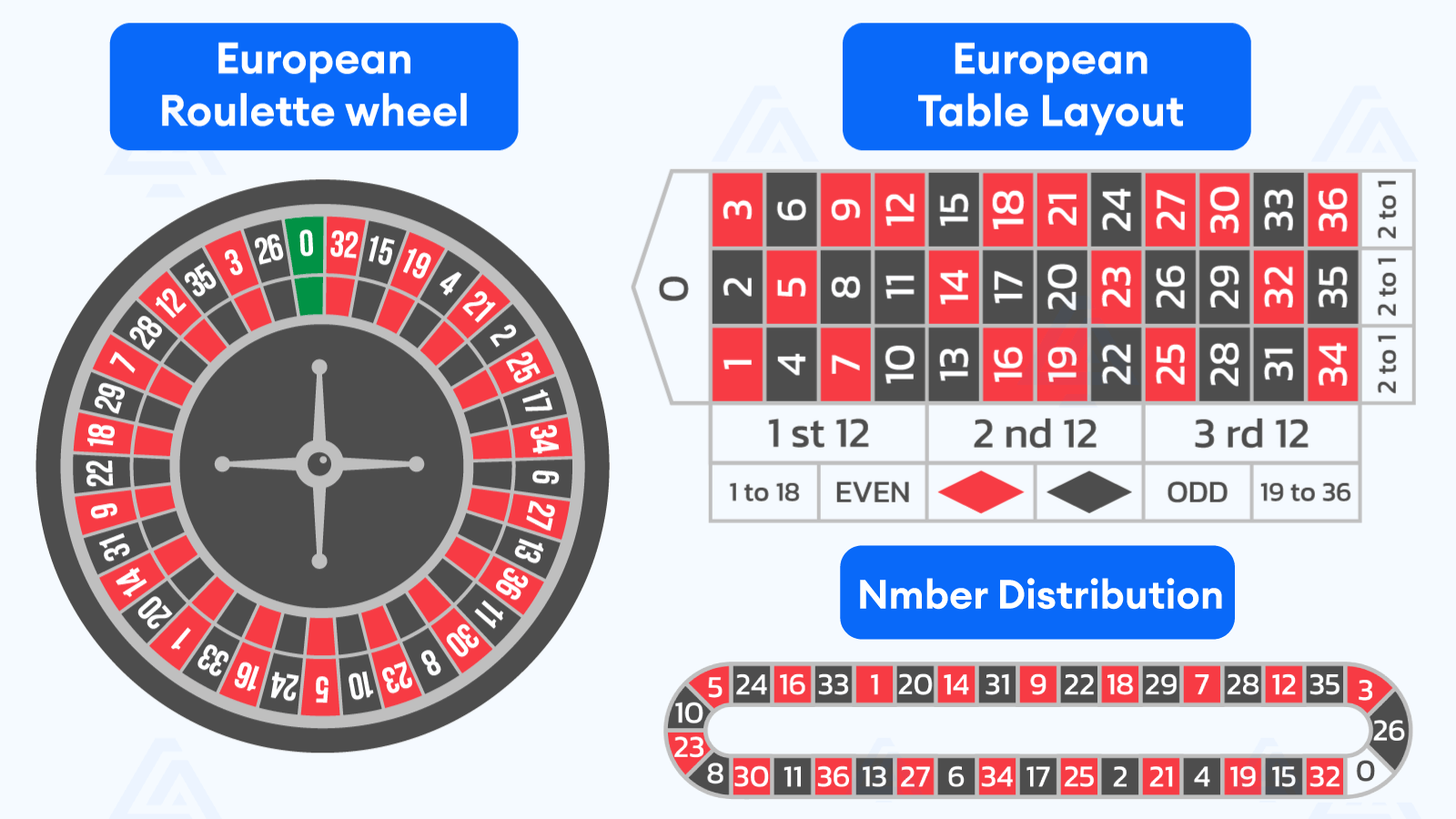
The European wheel had many design variations over the years, mainly from the materials used to make it.
Manufacturers are usually encouraged to create new designs without altering the game or the randomness.
The Irish market has rules to make sure players cannot rig the machine, and that it maintains fairness.
To ensure any unfair advantages are avoided, the European wheels in brick-and-mortar casinos must not be made of materials with magnetic properties.
Roulette wheel number distribution
- The 37 numbers go from 0 to 36
- Half the numbers are red, while the other half are black
- Zero is green
Number allocation
- The red and black on the European wheel alternate, so no two numbers with the same colour are next to each other;
- Considering their distribution shown above, 32 is red, 15 is black, and so on;
- One critical factor that defines the game is that zero has red and black adjacent numbers, thus creating the perfect balance.
Suppose you draw a straight line from the number zero on the European wheel, separating it into two halves.
In this case, one side will contain all the low black and high red numbers, and the other is reversible.
Number distribution starting from zero
0-32-15-19-4-21-2-25-17-34-6-27-13-36-11-30-8-23-10-5-24-16-33-1-20-14-31-9-22-18-29-7-28-12-35-3-26.
European Roulette table layout
The table layout features all the numbers inscribed in the European wheel.
However, there are specific segments on the table for placing different bets that encompass more than one number.
Outside bets
Two portions are dedicated to bets on all the numbers with one of the two colours, red or black.
The same as colours, there are two sections for betting on odd or even numbers.
Another two parts are dedicated to betting on high numbers (19-36) and low numbers (1-18).
- The numbers are split into three categories of 12;
- Each represents the first, middle and last 12 numbers in the European wheel in ascending order.
Lastly, the table has the option of betting on three specific horizontal rows of numbers, and they are inscribed with 2:1.
This table layout strictly follows the definition behind European Roulette. It is featured on any top 50 online casinos with table games, live dealer games or both.
American Vs. European Vs. French Roulette: What’s the Difference?
There are some essential differences that set European Roulette apart when comparing it with the other two:
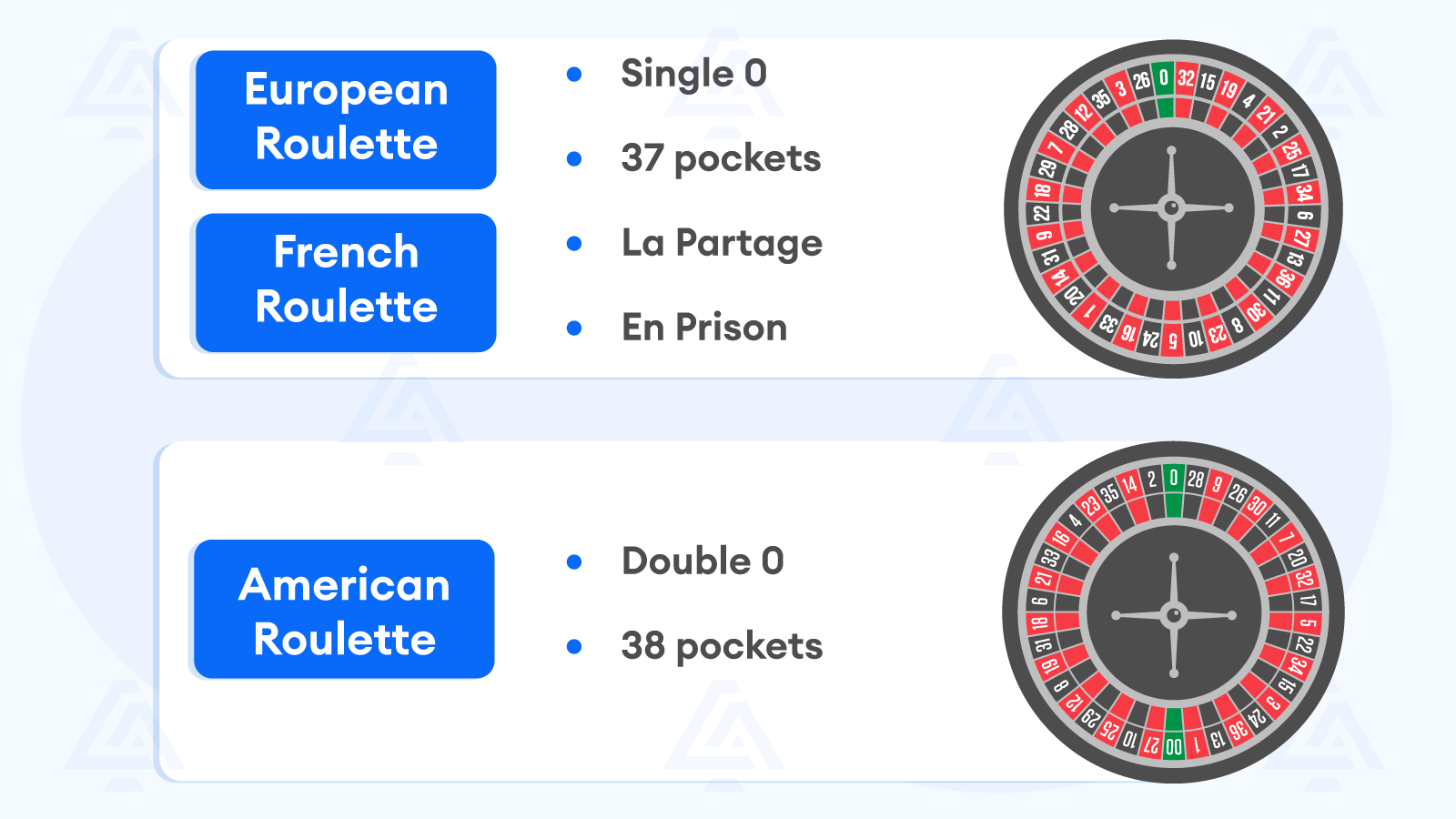
French
The table and wheel layout are identical. But the thing that distinguishes the French option from the standard European Roulette is mainly related to the rules:
- These are two playing options specific to French Roulette that are not found in its counterparts, the “la partage” and “en prison”;
- Both rules apply to outside bets, meaning any wagering option inscribed on the table that is not in the section where the 37 numbers are shown;
- Thus, outside bets refer to table inscriptions that encompass large groups of numbers like colour, for example.
The meaning of “la partage”
La partage means that you can receive back half of the sum you wagered if you place an outside bet and the ball lands on zero.
The meaning of “en prison”
En prison means that the player can have a second try if they placed an outside bet and the ball landed on zero. Even so, if you lose in the second try, you lose all the money you wagered.
The house edge
These two rules that benefit the player are the only differences that deviate from their European counterpart.
However, since they give the gambler an advantage, the house edge is lower in French Roulette than its counterparts.
The house advantage is generally considered to be around 1.35%.
American
- This version has three main differences that deviate from European Roulette;
- The Irish market has these options present as well;
- American Roulette features two zero pockets, thus raising the total number to 38;
- This extra figure changes the layout when comparing it with the European wheel.
How does the double zero influence the house edge?
The double zero (second zero) raises the house edge to 5.26%. This raise is considerably higher than in European and French Roulette.
How to Play European Roulette: Rules & Bets Explained
The whole idea of the game is to guess where the ball will land.
You can increase your chances by wagering on groups of numbers that have something in common.
Here’s how it works
- The players place their bets until the croupier says “no more bets” before the wheel rotates or after it starts spinning;
- In some land-based casinos, each player receives chips with specific colours for better distinguishment of wagers;
- On both established and new online casinos Ireland, the rules for every game can be accessed after joining. There you will see everything including how to play European Roulette.
Betting options
Apart from those inscribed, there are a few different options for placing bets, each with its name and odds.
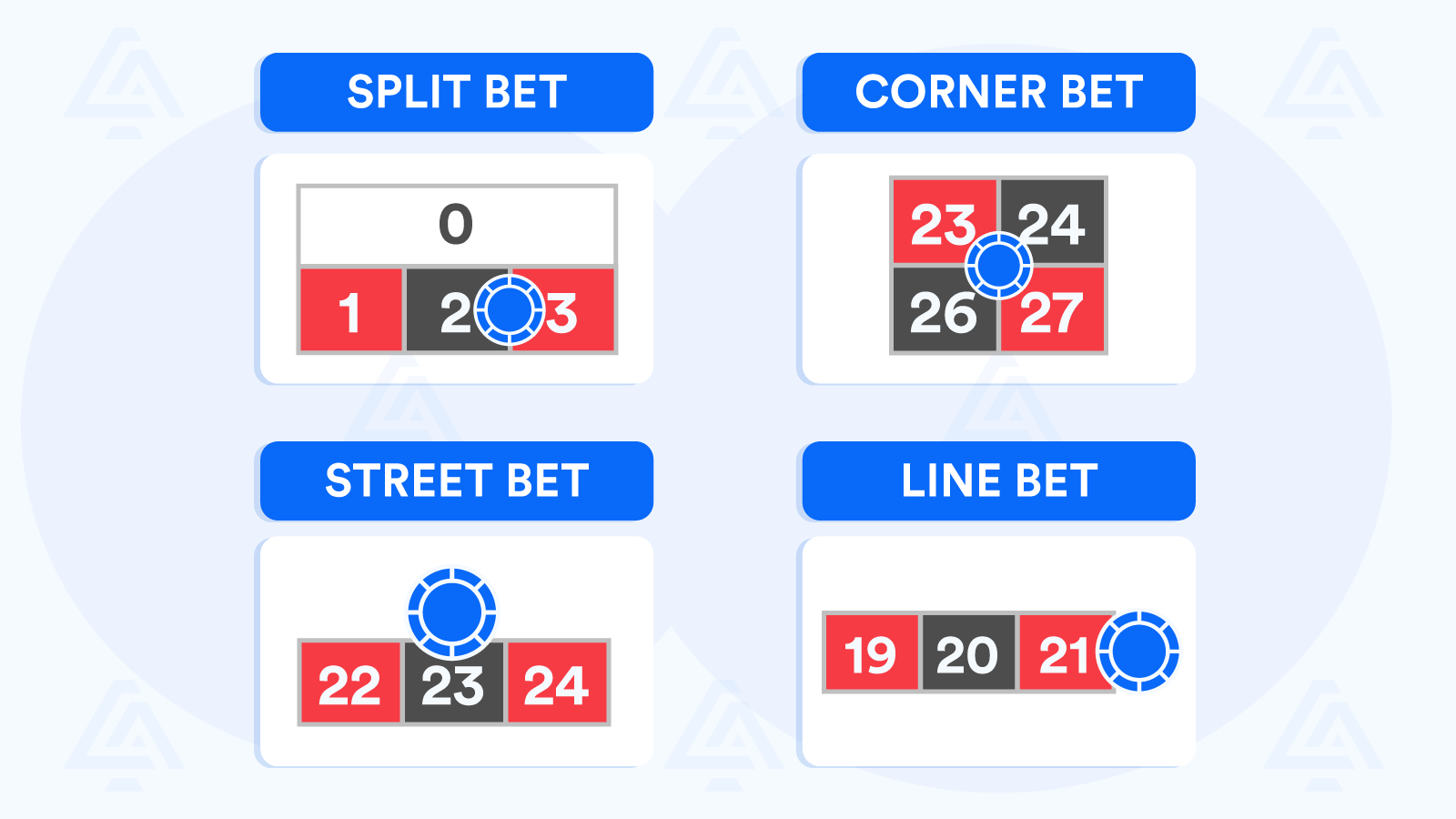
Split Bet
It consists of wagering on two neighbouring numbers at the table by placing the chip between the lines separating them.
This can also be placed on zero and its adjacent numbers 1, 2, or 3.
Corner Bet
This represents putting the chips at the point where four numbers meet in the table, thus wagering on all four of them.
Street Bet
This means placing a wager on three numbers that form a vertical row at the table.
An example would be 22, 23, and 24 since they are in the same column.
Line Bet
It involves putting a bet at the end of a line that separates two vertical columns.
By doing this, the player wagers on six numbers at the two neighbouring vertical rows.
French bets
The French bets encompass multiple numbers and are based on specific European wheel sectors. You can also compare this with the Labouchere Strategy guide for an in-depth understanding of progressive betting methods.
Each sector comprises adjacent numbers clustered together under a particular name to make placing bets on them more accessible.
When it comes to gaming platforms, it depends solely on each game since some have wagering options and others do not.
Bets that involve zero
Zero Game (Jeu zero) means placing split bets on numbers near zero 12-35-3-26-0-32-15 as follows: one chip on 0-3, 12-15, 32-35 splits and one on the number 26.
This involves the following
- The Neighbours of Zero (Voisins du Zero) are the 17 numbers between 9 and 17 on the European wheel;
- Their distribution is 22-18-29-7-28-12-35-3-26-0-32-15-19-4-21-2-25;
- The wagers are one chip on 12-15, 18-21, 19-22 and 32-35 split, two chips on 0-2-3, and two chips on 25-26-28-29 corner.
Bets that do not contain zero
A third of the Wheel (Tiers du Cylindre) or Tiers as they are more commonly known represent the 12 opposite numbers of zero.
They involve several rules
- Their sequence is 27-13-36-11-30-8-23-10-5-24-16-33;
- The idea is to place one chip bets on 5-8, 10-11, 13-16, 23-24, 27-30, 33-36 splits;
- Orphans (Orphelins) are what’s left between the neighbours of zero and the tiers;
- Two series comprise 1-20-14-31-9 and 17-34-6;
- The bets allocate one chip on four splits 6-9, 14-17, 17-20, 31-34 and on number 1.
The bet that can be placed anywhere
Neighbours Bet indicates four numbers adjacent to one specific number and places a one-chip bet on each one of them.
You can choose the number 22 on the wheel. This means that:
- You will bet one chip on it and another four chips on 18, 29, 9, 31 each;
- You must consider that all four numbers are neighbours of 22.
Understanding European Roulette Payout Rates
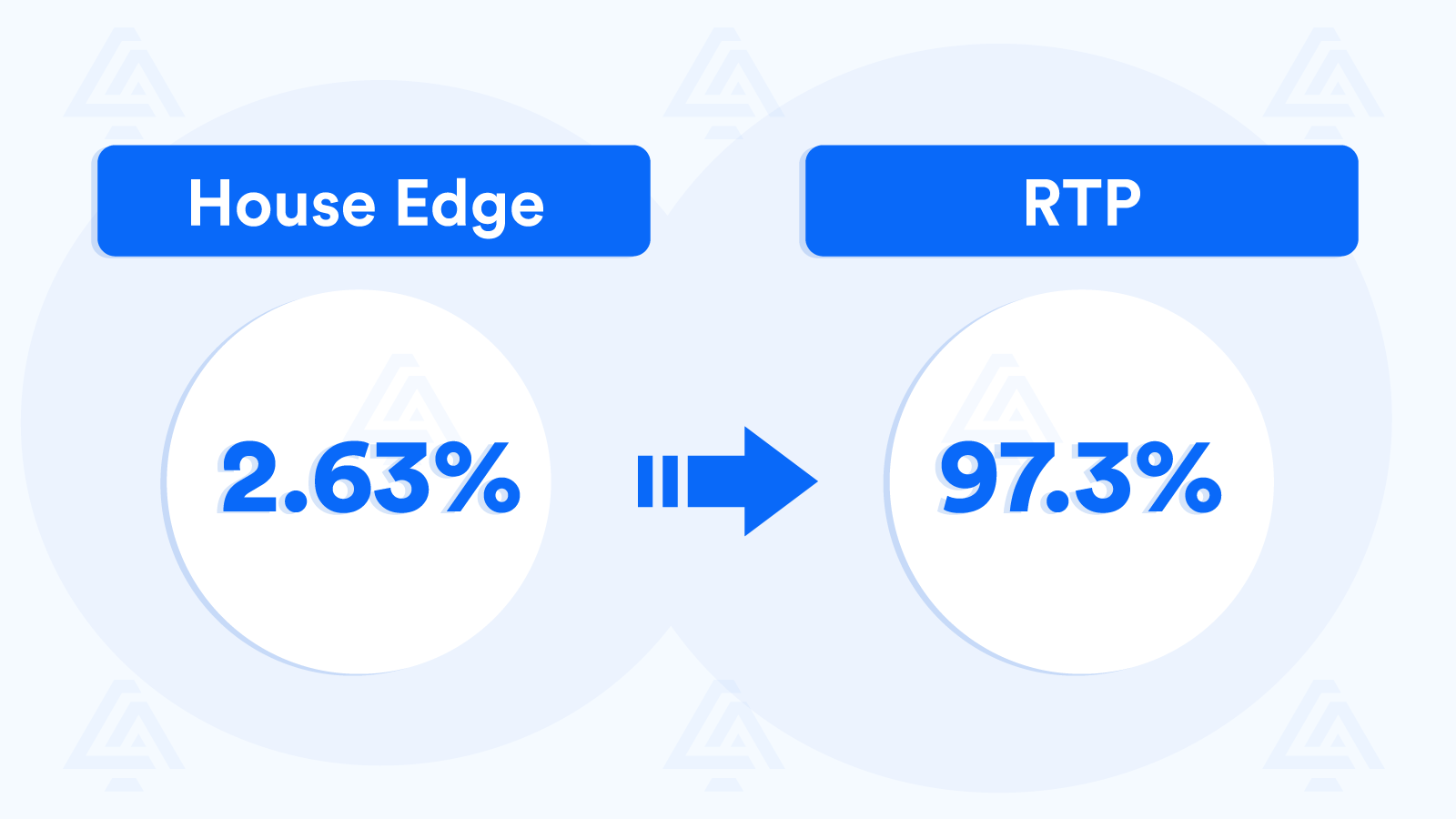
The game has a specific house edge of 2.63%, which results in an RTP of 97.3%.
While there are exceptions, the most reliable casinos meet this criterion. If you need help to find them, check out this full list of online casinos.
Scientists have applied different techniques to measure the probability of different outcomes when playing Roulette. The conclusion of using their measurement methods demonstrated some biases that can be exploited, raising the player’s return to 18%.
Major Advantages of Playing Roulette Online
The differences between land-based casinos and online ones are few, apart from the obvious physical and digital formats:
- Since the house edge is mostly the same for both, iGaming platforms have an advantage;
- They are also easier to access and provide the same game with the same odds;
- Another vital factor to consider is that many Irish market online casinos have dedicated apps for desktop, phone, or both;
- These applications make accessing the platform more straightforward and simple and provide improved visual effects, which is why real casino apps are gaining popularity very quickly.
Conclusion
This guide brings together our gambling expertise to better understand the Irish market casino game that’s a steadfast symbol in the industry.
An essential aspect that must be considered is that any gambling endeavour must always be coupled with disciplined behaviour.







